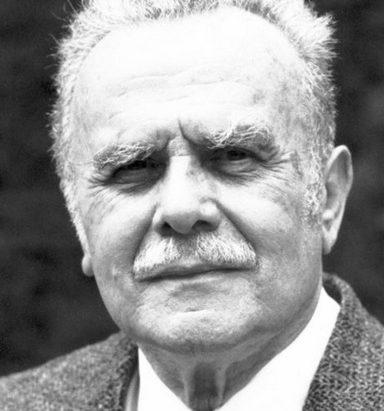Neutron time-of-flight scattering (meV ~eV)
A rotating object called a chopper is used to determine the single neutron energy incident on the sample. The neutron energy after scattering is determined from the time the neutrons reach the detector. Direct spectroscopy experiments can study kinetic states over a wide energy range from meV to eV. This method is categorized as Inelastic Neutron Scattering, INS.[1]
Applications
For example, Lennon, Webb et al. used INS to trace a hematite catalyst in the presence of the Fischer-Tropsch reaction for 10 days.[2] A peak appeared in the C-H region around 3000 cm-1, indicating the formation of a hydrocarbon film as the reaction progressed.
Related Links
- J-Parc MLF website
- Deunet
- Deut-Switch
- Oak Ridge National Laboratory textbook
- Bertram N. Brockhouse (Nobel Prize Outreach): the developer of this spectroscopy, feature image from this site.
References
- Yu, X.; Cheng, Y.; Li, Y.; Polo-Garzon, F.; Liu, J.; Mamontov, E.; Li, M.; Lennon, D.; Parker, S. F.; Ramirez-Cuesta, A. J.; Wu, Z.Chemical Reviews 2023, 123, 8638–8700. https://doi.org/10.1021/acs.chemrev.3c00101.
- Davidson, A. L.; Webb, P. B.; Parker, S. F.; Lennon, D. Industrial & Engineering Chemistry Research 2020, 59, 52–60. https://doi.org/10.1021/acs.iecr.9b04636.

